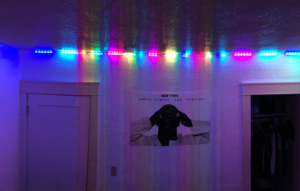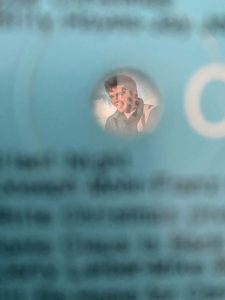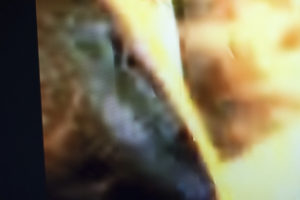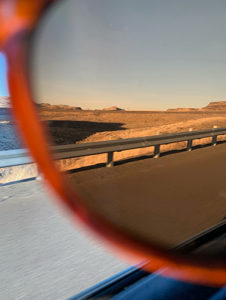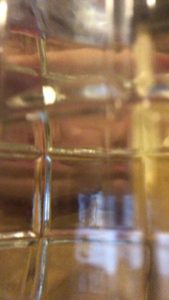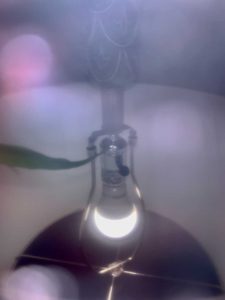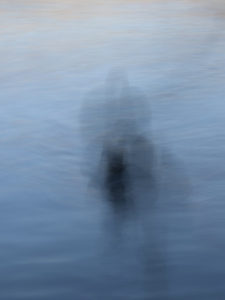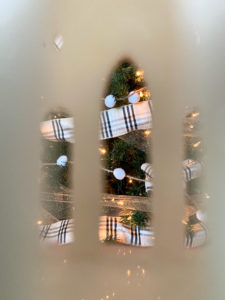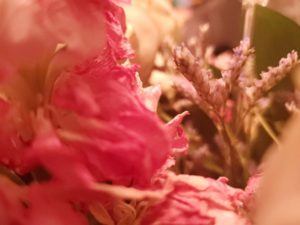This assignment is about how your camera is a tool you can use, hack and control. Too often we think of cameras as fragile and intimidating, something to be handled with care. To be clear, you should care for your camera, but you can carefully test the boundaries of your camera’s technology and better understand its capabilities and limitations.
In the past, this type of experimentation was costly because wasting film was expensive. Not so with digital! Take bad photos! Take weird photos! See if you can trick your camera’s automatic settings.
Points: 20
Due Date: Sunday, Nov. 29, at 11:59 p.m.
Grading: Successfully completing the requirements is worth 18 points. Work may earn an “A” for original thought and effort that demonstrates thorough engagement with the activity.
Submit: 3 image files plus text document containing written responses and 3 additional photos
In the past 20 years, camera technology has changed dramatically to make digital photography more accessible to everyone and higher-quality. At the same time, the growth of YouTube and internet culture has made it easier than ever to share ideas and learn new things. This assignment is your chance to creatively experiment with different techniques without worrying too much about whether it all turns out well.
Take photos of familiar subjects, but show them in a new way that provides a new perspective. These photos can be artistic based on the techniques you use, but should still represent the world as it was captured. (Don’t change things after the fact in Photoshop.)
Try at least three different ways of using your camera that you have not previously tried. This works with either a smartphone or professional camera, though many of these ideas are geared toward the digital photography settings in smartphones. You can use ideas from this list, or come up with your own.
All photos must be new and taken for the purposes of this assignment.
Use filters and blocks
Your camera’s lens is the gatekeeper for all images. You can change it by adding things to the outside of your camera.
- Use a filter, like a small piece of transparent plastic or paper, places over the lens.
- Use sunglasses as a filter, or take photos through a clear glass filled with water.
- Partially block the lens, like using a pinhole cover.
- Filter or partially block the flash to change the light color or pattern.
Use your camera settings in unintended ways
Most cameras have automatic settings that involve the camera making digital adjustments, and these adjustment processes can be “hacked” if you use them in unintended or creative ways.
- HDR mode works by taking two photos in rapid succession, so things in motion often turn out strange.
- Panoroma mode going vertically, or with moving objects.
Devise a new perspective
GoPros and drones have expanded our ideas about “standard” perspective. Use props or a homemade rig to get your camera to a new perspective.
- Use a helium balloon or hoist to get your photo up high (use the timer)
- Put your camera in an airtight clear bag to take photos partially underwater.
- Use a selfie stick for something other than selfies.
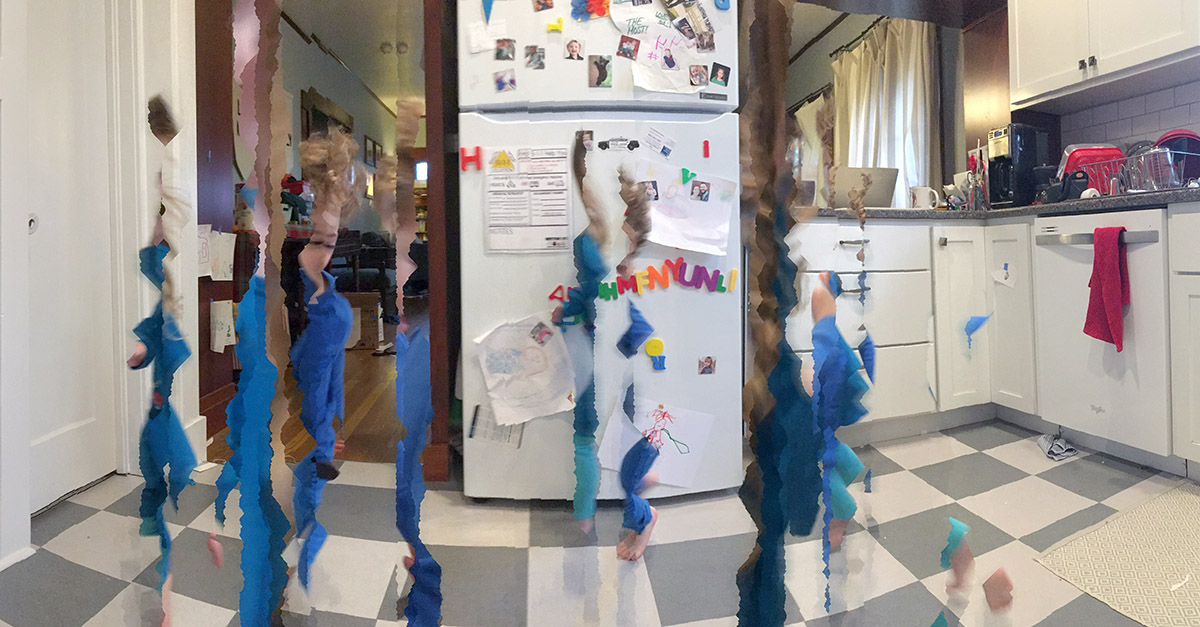
In a text document, answer these written questions and include three of your “blooper” photos that didn’t turn out quite the way you intended:
- Describe how you created each of your three selected photos and what they communicate differently than a standard photo would.
- What did not go as well as hoped with the three “blooper” photos? What did you learn about your camera while taking them?
- Do you think techniques like filters and manipulating settings is acceptable in photojournalism, or does it cross the line into unethical manuipulation?
Submit your Work
1. Blackboard
Upload your three best photos and your written text document, which should contain an additional three photos.
2. Class website
Upload your one favorite image to the course website from the Post Image form. It may take a minute or so for the image to upload if it’s a large file, and then it should appear in the gallery at the bottom of this page.


